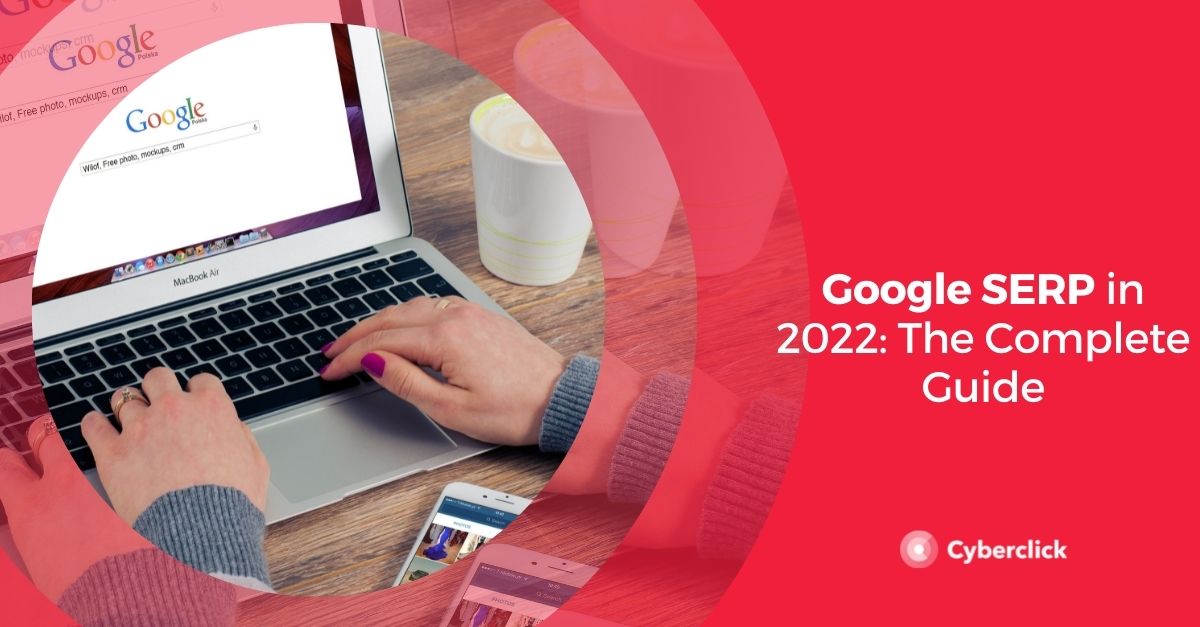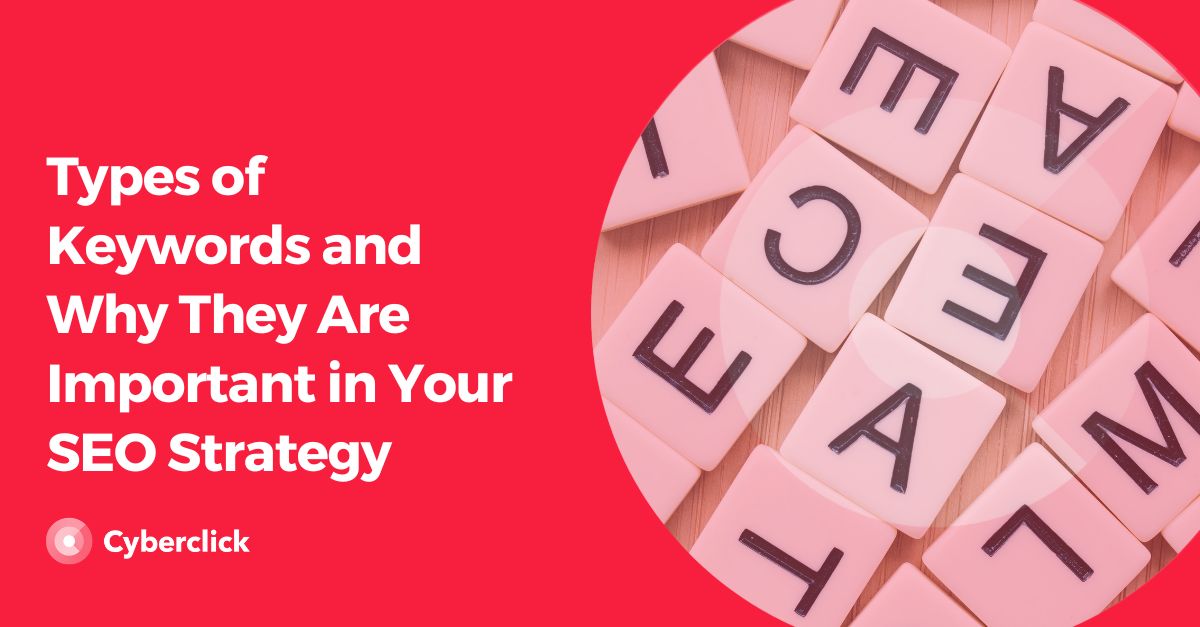The main objective of Inbound Marketing is for potential customers to travel through the three phases of the conversion funnel - TOFU, MOFU and BOFU - to become customers.
In the first phase of the funnel, called TOFU (Top of the Funnel), the potential customer identifies that they have a need and searches for information to solve it. Your job is to respond to that demand through a content strategy, based off your buyer persona. In Inbound Marketing, this is when SEO becomes important: your web positioning techniques will help you position higher in the search engine pages, so you’ll have more relevance to consumers. Once they come to your website, you will work to capture them and turn them into leads.
Positioning yourself in Google's top results is one of the most intense fights of all SEO professionals. Not only do you have to adapt to the rules of the search engine game, but you have to compete with other companies that also want to position themselves. And if you don't appear on the first page, it's highly unlikely that you'll be able to get consistent traffic to your website.
Here are our top tips for making your SEO strategy and Inbound Marketing strategy work for your website.
7 Tips For Your Web Positioning in Inbound Marketing
Here are our top 7 tips for increasing your positioning on the results page.
1. Conduct a Keyword Study
Identify the keywords you want to position your brand for and analyze the words’ market situations. How many monthly searches do the keywords have? How many companies are positioning themselves for the same words? The results from your keyword study will determine your strategy.
2. Structure Your Content Well
Yes, having good content is key, but so is structuring it in the way Google likes. Pay special attention to the title, the meta description, the URL and tags, as well as the hierarchy of information (H1, H2, H3). Ultimately, always ensure the content adds value to the user.
3. Don’t Forget to Use Images and Videos
The phrase "an image is worth a thousand words" is no coincidence. For SEO strategy, it's important that your content is engaging for the user. Images and videos are a great way to keep your users engaged! Information is much easier to digest through visual content, and users typically stay more interested.
Remember that YouTube can be an ally in your SEO strategy. YouTube is a search engine in itself, so you can also position your brand organically with certain keywords. A content strategy and keyword study will also be essential for your channel to be successful. From there you can generate traffic to your homepage. Remember to always deliver valuable content to your user and don’t post to just for the sake of posting.
4. Internal Linking Strategy
Internal links are those that take you from one page to another, within your own website. In addition to organizing your website and making it easier for users who visit, links are a fundamental pillar for increasing position in search engines. By having a better structure for your content, Google will index your website better.
5. Work Your Link Building
Link building is a linking strategy that can be really beneficial for your business. This SEO technique involves linking to a website to improve positioning and stay at the top of the search. In short, its application improves the positioning for your company, improves the ranking in search engines and helps to attract more traffic to your website.
6. Off-Page SEO
For organic positioning in search engines, the actions that you do within your website (SEO On-Page) are just as important as those you do from outside your website (SEO Off Page). This is why it is very important to have a good social media strategy, not only to create a corporate image and community, but linking to content so that traffic flows from one site to another.
7. Metrics
Last but not least, pay attention to metrics. Metrics are as important as the entire SEO positioning strategy. What's the point of implementing something if you can't then analyze whether it worked or not? And not only that, how will you improve? SEO requires continuous analysis for its own feedback: its optimization must be continuous, so pay close attention to KPIs.
Inbound Marketing Strategist en Cyberclick. Graduada en Publicidad y Relaciones Públicas por la UPF. Responsable de la estrategia de inbound marketing, creación de contenidos digitales y posicionamiento web. Gestión del CRM con la herramienta HubSpot.
Inbound Marketing Strategist at Cyberclick. Helena holds a degree in Advertising and Public Relations from UPF. She specializes in inbound marketing campaigns, digital content creation and web positioning, with experience in CRM management and HubSpot.






Leave your comment and join the conversation